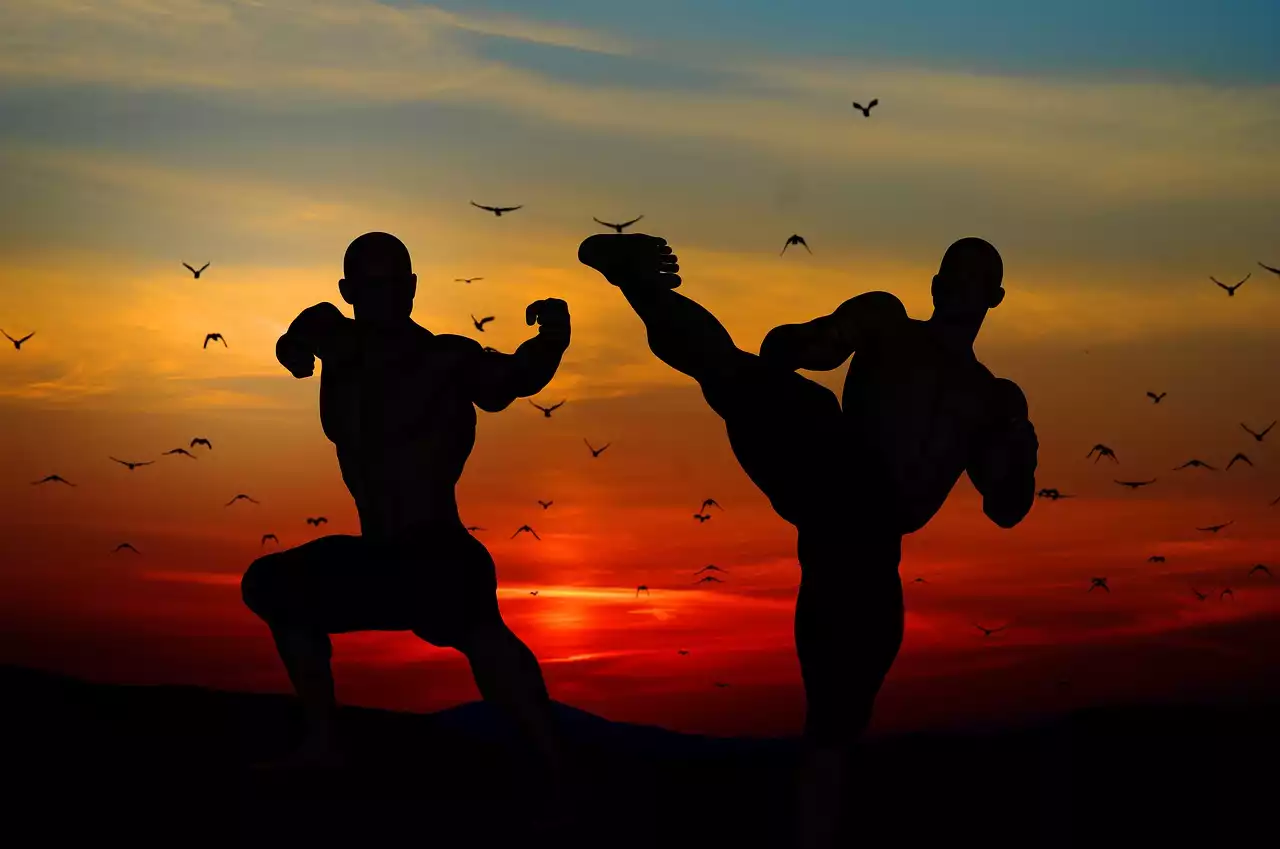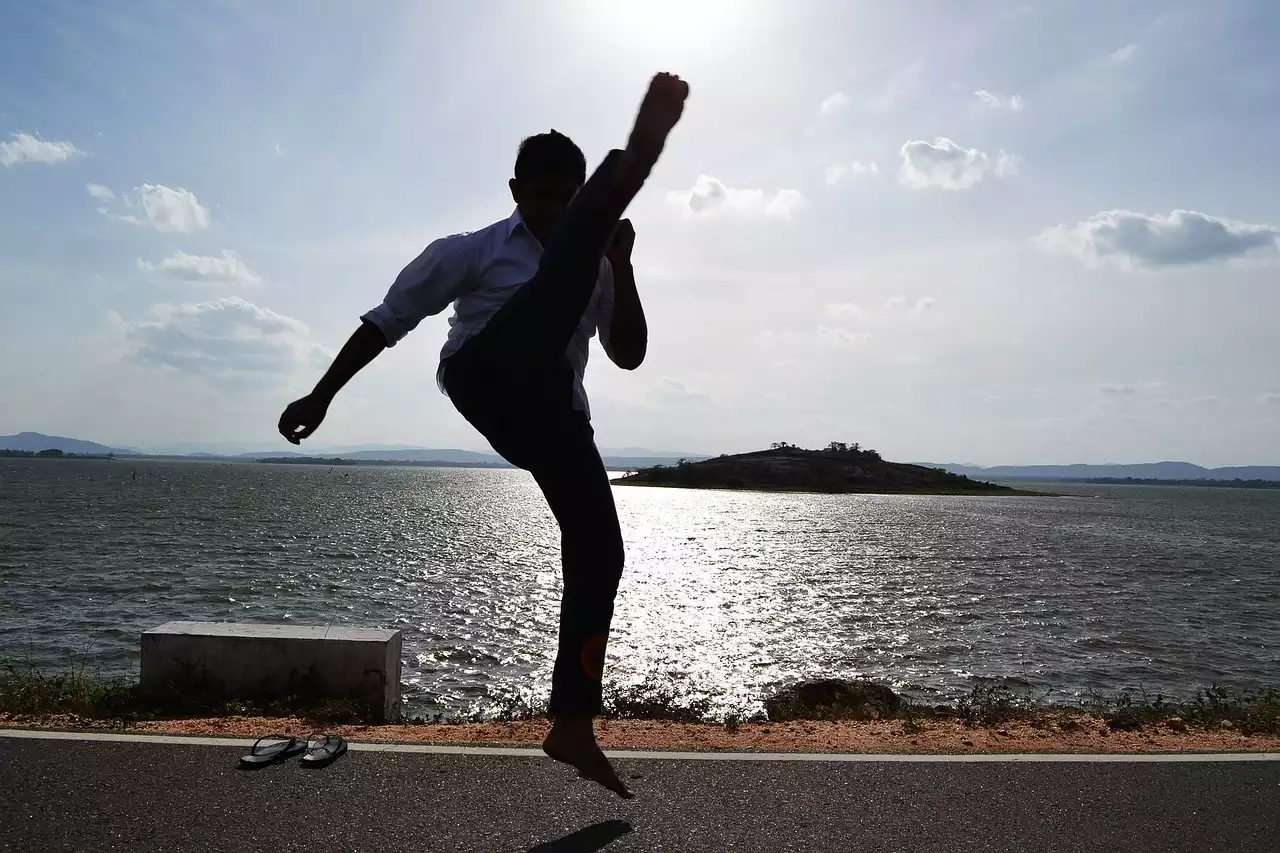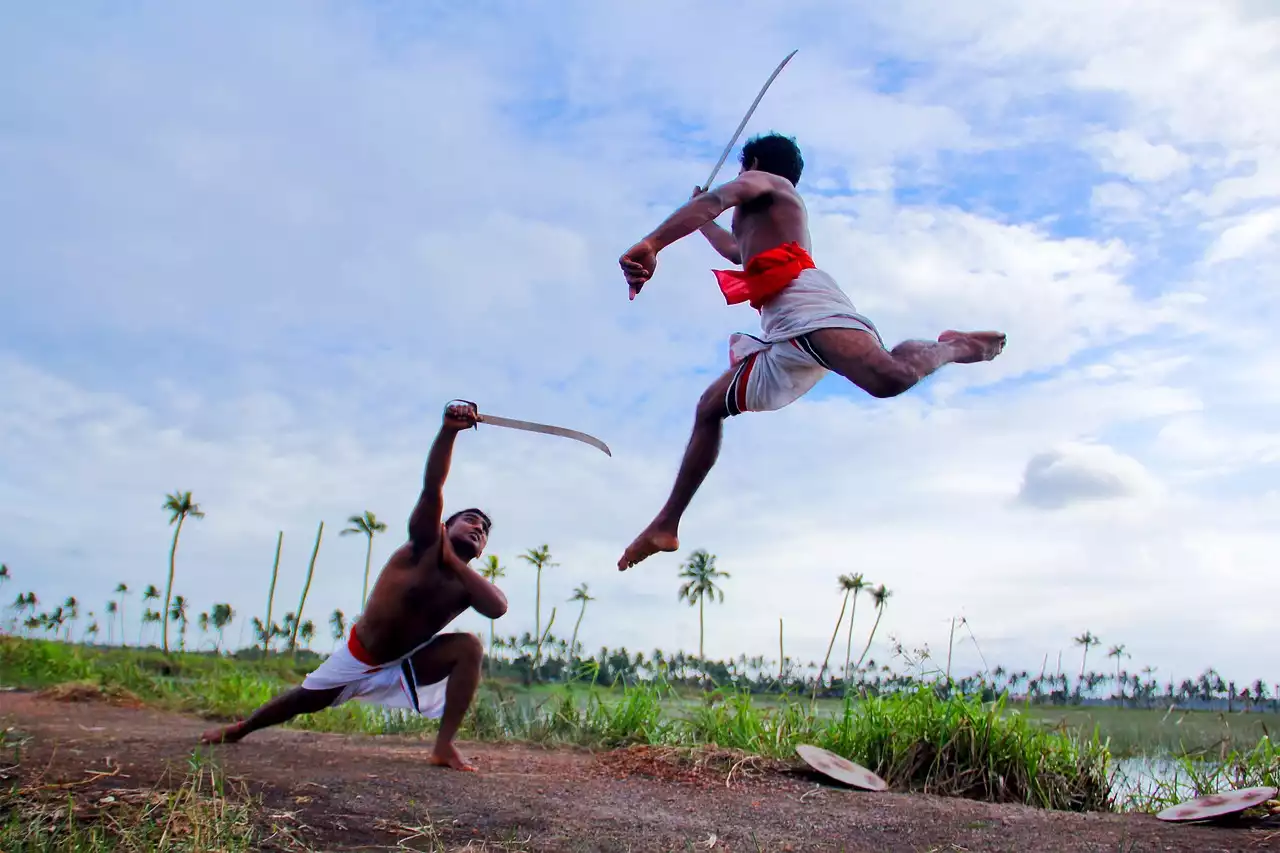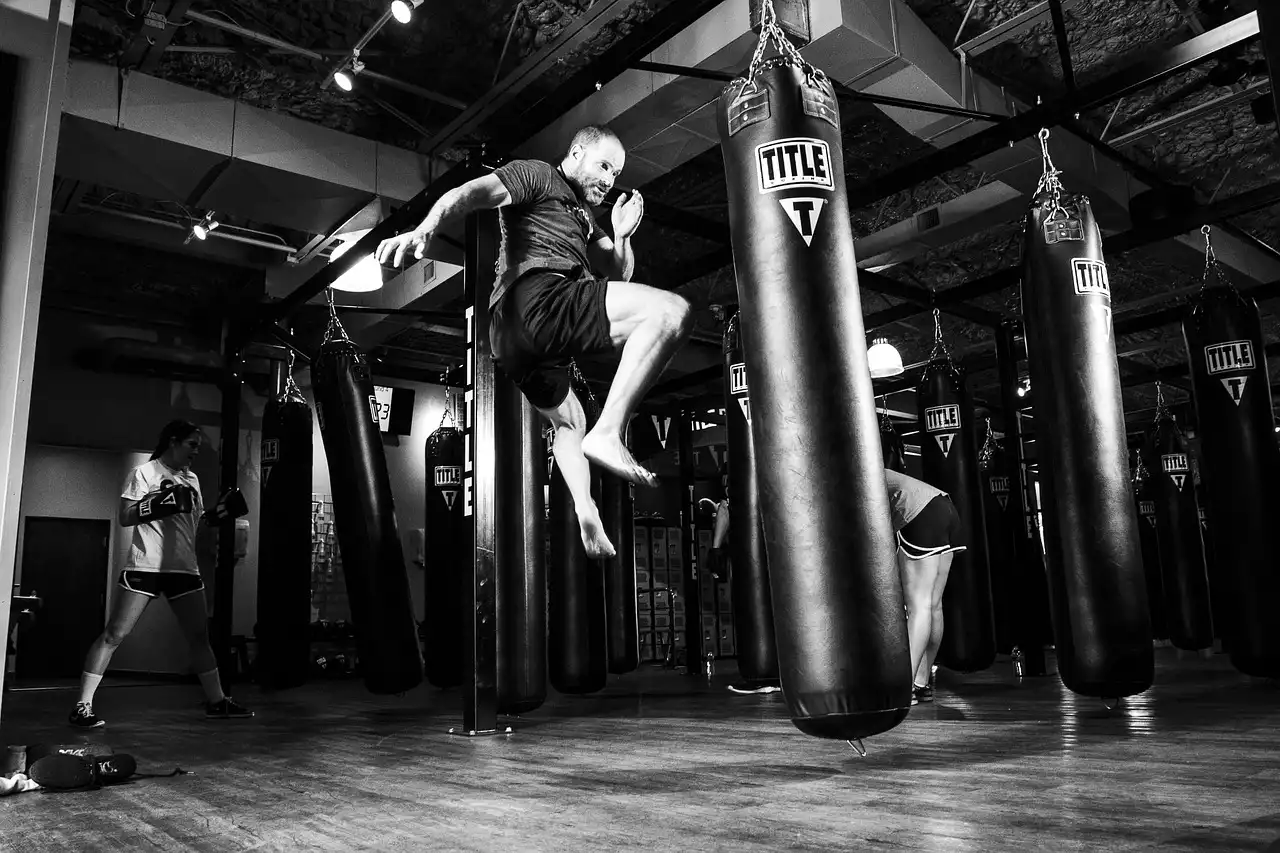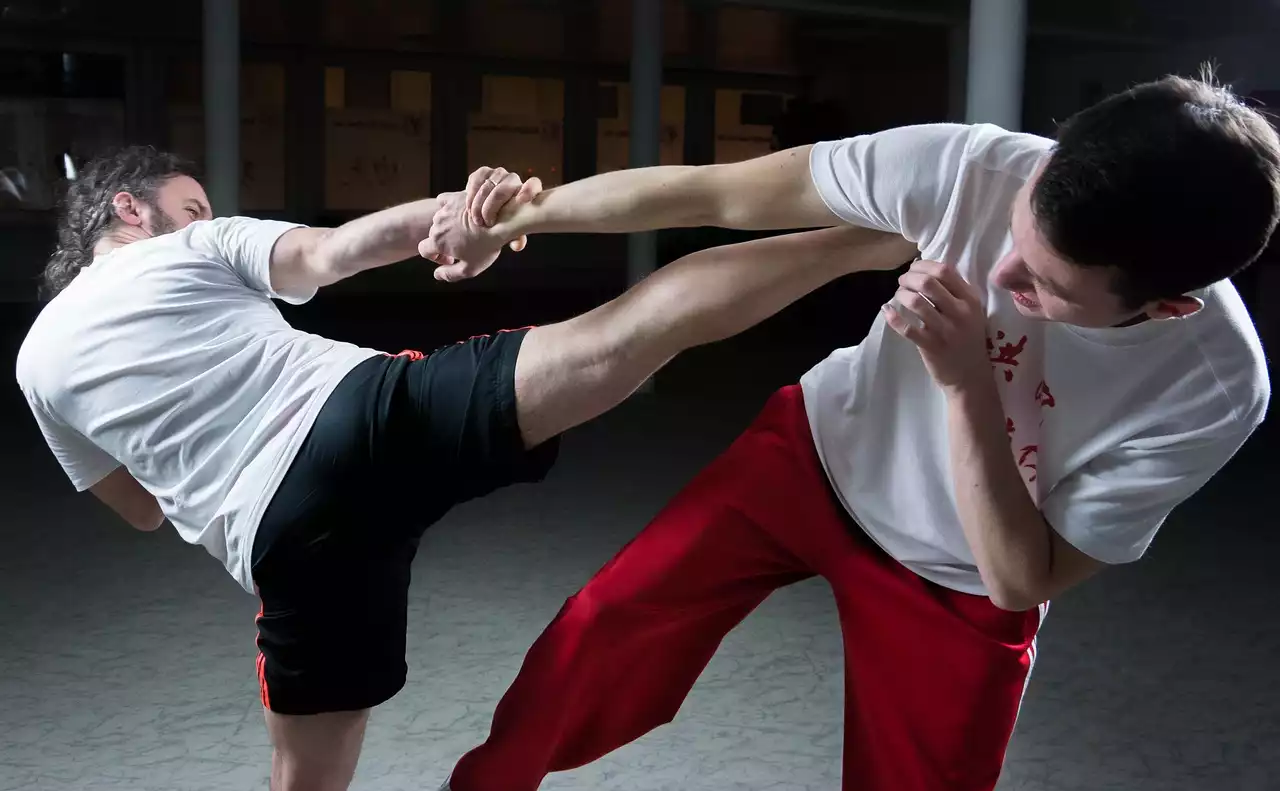Benefits of Cross-Training for Jujitsu Practitioners
Cross-training is an effective way to build a well-rounded skill set as a jujitsu practitioner. By incorporating different martial arts disciplines into your training regimen, you can develop a range of skills that can be applied to your jujitsu practice. Here are some of the key benefits of cross-training in jujitsu:
1. Improved physical fitness
Cross-training can help you improve your physical fitness and stamina, which are essential components of jujitsu practice. By incorporating exercises from other martial arts disciplines, such as boxing, kickboxing, or Muay Thai, you can enhance your cardiovascular endurance, strength, and agility. This can help you move faster, react quicker, and maintain your energy levels throughout your jujitsu practice.
2. Enhanced mental flexibility
Cross-training can also improve your mental flexibility, which is essential for adapting to different situations and opponents during jujitsu practice. By learning different techniques and strategies from other martial arts disciplines, you can develop a more creative and adaptable mindset that can help you overcome challenges and find new solutions to problems. This can enhance your problem-solving skills and help you stay one step ahead of your opponent.
3. Strategic thinking
Cross-training can also help you develop strategic thinking skills that can be applied to your jujitsu practice. By learning different techniques and strategies from other martial arts disciplines, you can gain a better understanding of how different moves and techniques can be combined to create effective strategies. This can help you become more strategic in your jujitsu practice and enable you to anticipate your opponent's moves and plan your own moves accordingly.
How Cross-Training Can Improve Your Technique
Cross-training can be an effective way to improve your jujitsu technique, but it's essential to choose the right techniques and exercises that complement your jujitsu practice. Here are some ways that cross-training can help you improve your jujitsu technique:
1. Improved footwork
Footwork is an essential component of jujitsu practice, and cross-training can help you improve your footwork skills. By incorporating exercises from other martial arts disciplines, such as boxing or kickboxing, you can develop faster footwork, better balance, and more precise movements. This can help you move more quickly and with greater control during your jujitsu practice.
2. Enhanced grappling skills
Cross-training can also help you improve your grappling skills, which are essential for jujitsu practice. By learning different grappling techniques from other martial arts disciplines, such as wrestling or judo, you can develop a better understanding of how to control your opponent and take advantage of their weaknesses. This can help you become a more effective grappler and enable you to execute a wider range of moves during your jujitsu practice.
3. Improved striking skills
While jujitsu is primarily a grappling-based martial art, striking skills can also be useful during practice. Cross-training in disciplines such as boxing, kickboxing, or Muay Thai can help you improve your striking skills, including punches, kicks, and elbows. This can help you become a more well-rounded martial artist and enable you to execute a wider range of moves during your jujitsu practice.
Types of Cross-Training for Jujitsu
There are many different types of cross-training for jujitsu, each with its own benefits and advantages. Here are some of the most popular types of cross-training for jujitsu:
1. Boxing
Boxing is a popular form of cross-training for jujitsu practitioners because it can help improve footwork, striking skills, and overall physical fitness. Boxing exercises such as shadowboxing, heavy bag workouts, and sparring can help develop faster footwork, better balance, and stronger punches.
2. Kickboxing
Kickboxing is another popular form of cross-training for jujitsu practitioners because it can help improve striking skills, footwork, and overall physical fitness. Kickboxing exercises such as pad work, bag work, and sparring can help develop stronger kicks, better balance, and faster movement.
3. Wrestling
Wrestling is a popular form of cross-training for jujitsu practitioners because it can help improve grappling skills and overall physical fitness. Wrestling exercises such as takedowns, throws, and ground work can help develop better control of your opponent and more effective grappling techniques.
4. Judo
Judo is another popular form of cross-training for jujitsu practitioners because it can help improve grappling skills and overall physical fitness. Judo exercises such as throws, pinning techniques, and ground work can help develop better control of your opponent and more effective grappling techniques.
5. Muay Thai
Muay Thai is a popular form of cross-training for jujitsu practitioners because it can help improve striking skills, footwork, and overall physical fitness. Muay Thai exercises such as pad work, bag work, and sparring can help develop stronger kicks, better balance, and faster movement.
Choosing the Right Cross-Training Program
When choosing a cross-training program, it's essential to consider your goals and needs as a jujitsu practitioner. Here are some factors to consider when choosing a cross-training program:
1. Your skill level
Your skill level as a jujitsu practitioner will determine the type of cross-training program that is right for you. If you're a beginner, you may want to start with a basic program that focuses on fundamental techniques and exercises. If you're an experienced practitioner, you may want to choose a more advanced program that challenges you and pushes you to your limits.
2. Your goals
Your goals as a jujitsu practitioner will also determine the type of cross-training program that is right for you. If you're looking to improve your grappling skills, you may want to choose a program that focuses on wrestling or judo. If you're looking to improve your striking skills, you may want to choose a program that focuses on boxing or Muay Thai.
3. Your schedule
Your schedule will also determine the type of cross-training program that is right for you. If you have a busy schedule, you may want to choose a program that is flexible and can be done at home or at your local gym. If you have more time to devote to training, you may want to choose a program that involves more intensive training sessions.
Tips for Incorporating Cross-Training into Your Jujitsu Practice
Incorporating cross-training into your jujitsu practice can be a great way to improve your technique and enhance your overall martial arts skills. Here are some tips for incorporating cross-training into your jujitsu practice:
1. Start slowly
When incorporating cross-training into your jujitsu practice, it's important to start slowly and gradually increase the intensity of your workouts. This will help prevent injuries and ensure that you're able to maintain a consistent practice schedule.
2. Focus on technique
When cross-training, it's important to focus on technique and form rather than just trying to push yourself to the limit. This will help you develop a solid foundation of skills that can be applied to your jujitsu practice.
3. Mix it up
To keep things interesting and challenging, it's important to mix up your cross-training routine and try different exercises and techniques. This will help prevent boredom and ensure that you're constantly improving your skills.
4. Get feedback
To ensure that you're getting the most out of your cross-training, it's important to get feedback from a qualified instructor or coach. This will help you identify areas where you need to improve and ensure that you're using proper technique and form.
Common Mistakes to Avoid When Cross-Training
While cross-training can be a great way to improve your jujitsu technique, there are some common mistakes that you should avoid. Here are some of the most common mistakes to avoid when cross-training:
1. Overtraining
Overtraining can be a common mistake when cross-training. It's important to give your body time to rest and recover between workouts to prevent injuries and ensure that you're able to maintain a consistent practice schedule.
2. Focusing on one area
Focusing too much on one area of cross-training can be a mistake. It's important to mix up your workouts and focus on developing a range of skills that can be applied to your jujitsu practice.
3. Neglecting jujitsu practice
While cross-training can be beneficial, it's important not to neglect your jujitsu practice. Remember that jujitsu is your primary martial art, and your cross-training should be used to enhance your jujitsu skills, not replace them.
Cross-Training Success Stories from Jujitsu Practitioners
Many jujitsu practitioners have found success through cross-training. Here are some examples of jujitsu practitioners who have benefited from cross-training:
1. Demian Maia
Demian Maia is a Brazilian jujitsu practitioner who has won numerous championships in both jujitsu and mixed martial arts. Maia cross-trains in wrestling to improve his grappling skills and has found success in both wrestling and jujitsu competitions.
2. Ronda Rousey
Ronda Rousey is a former UFC champion and Olympic medalist in judo. Rousey cross-trains in boxing, kickboxing, and wrestling to improve her striking and grappling skills and has found success in both judo and mixed martial arts competitions.
3. Georges St-Pierre
Georges St-Pierre is a former UFC welterweight champion and one of the most successful mixed martial artists of all time. St-Pierre cross-trains in wrestling, boxing, and karate to improve his striking and grappling skills and has found success in both wrestling and mixed martial arts competitions.
Additional Resources for Cross-Training in Jujitsu
If you're interested in incorporating cross-training into your jujitsu practice, there are many resources available to help you get started. Here are some additional resources for cross-training in jujitsu:
1. Online courses
There are many online courses available that focus on cross-training in jujitsu. These courses can provide you with a structured training program that incorporates different martial arts disciplines and techniques.
2. Local gyms
Many local gyms offer cross-training programs that incorporate different martial arts disciplines. These programs can be a great way to get started with cross-training and connect with other martial arts practitioners in your area.
3. Martial arts schools
Many martial arts schools offer cross-training programs that allow you to train in different martial arts disciplines. These programs can provide you with a comprehensive training experience that incorporates a range of techniques and strategies.
